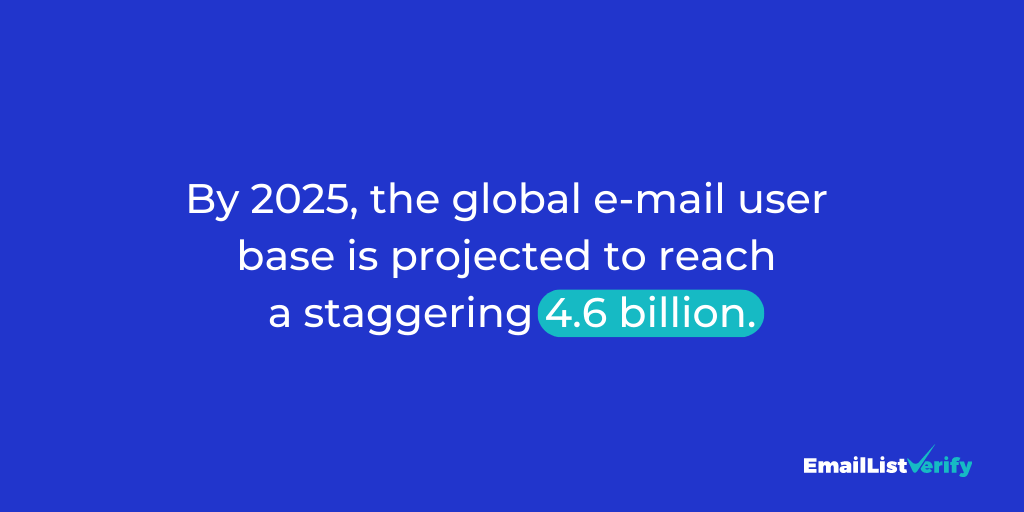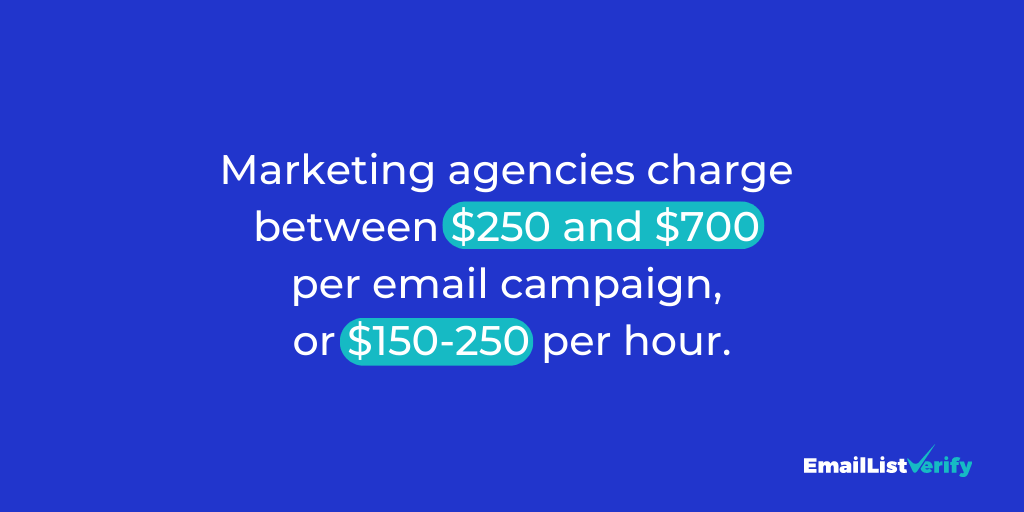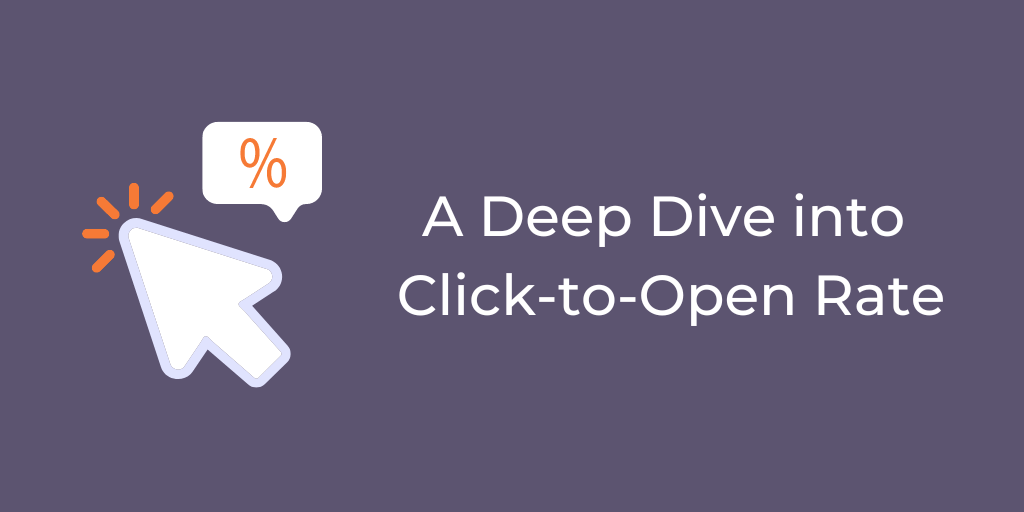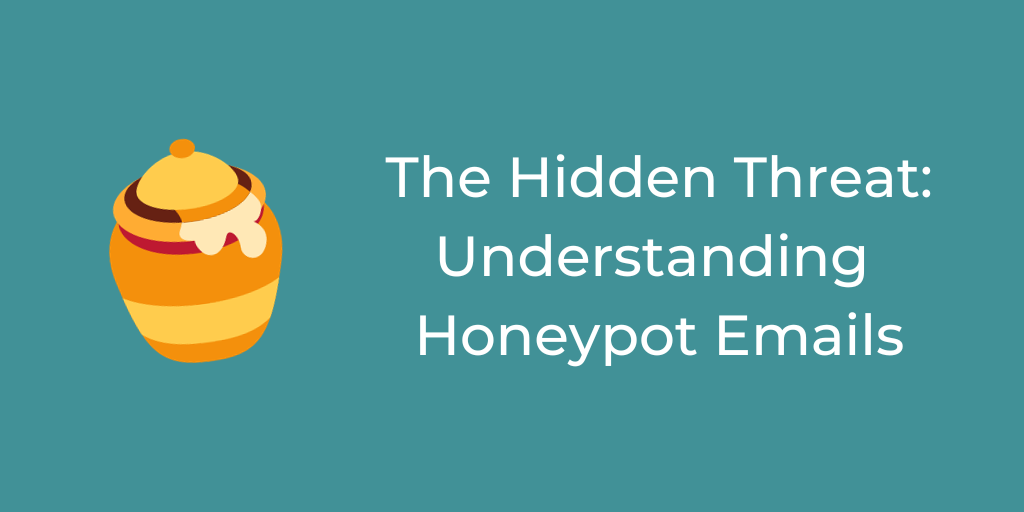Crunching the Numbers: How to Figure Out the True Costs of Email Marketing

Quick links
Email marketing needs no introduction. At its core, it’s meant as a way of using email to promote products or services to both potential and current customers — but it’s really about a lot more than that.
Think of email marketing as sitting down and having a virtual coffee chat with your customers. You’re getting to know them, understanding their needs, and sharing about your brand.
That connection you’re making? That’s what email marketing is all about! It’s like having a heart-to-heart with customers and building trust and loyalty, but also about boosting your sales and conversions. Pretty awesome, right?
Importance of Email Marketing
In the era of growing social media networks, chatbots, and all sorts of emerging digital communication tools, you may wonder — why email? The answer lies in its powerful ability to provide personal, customizable, and cost-effective messaging.

Source: Content Marketing Institute
According to a survey by Content Marketing Institute, nearly three out of four marketers use email newsletters to distribute content and 69% of marketers rely mainly on email marketing to share their content.
This is because email is not just a method of communication — it’s also a crucial business tool companies can use to reach their audience and increase their ROI.
Is Email Marketing Cost-Effective?
Email marketing has many advantages — and cost-effectiveness comes at the top of the list.
Marketing research has shown that email marketing has a potential ROI of $42 for every dollar spent. A cost-benefit ratio like that is hard to overlook when considering email marketing costs.
Traditional marketing in the form of paid ads and print advertising usually involves much higher upfront costs and potentially a long waiting period before you can see if the investment is paying off.
And while digital marketing platforms can offer a lower cost per impression, you might not be able to reach a significant pool of potential customers unless you have a large budget to spend upfront.
Point by point, email marketing wins on both cost and reach. Statista estimates that the number of global e-mail users is set to grow to 4.6 billion users by 2025 — that’s a huge audience of potential buyers you can reach with just a click.
Many large companies have seen the success of their email marketing efforts first-hand. When Hubspot conducted an experiment comparing direct mail against email campaigns, the results were staggering.
Hubspot spent $21,000 on its direct mail campaign to generate $576,408 in revenue — certainly a very impressive ROI. However, their email-only campaign only cost $210 and still generated a whopping $545,951.
How much does email marketing cost?
Understanding the cost of email marketing is crucial to ensure a healthy return on investment for your business.
Email marketing costs vary widely depending on many factors — how big is your subscribers’ list, the platforms you use, how frequently your campaigns run, and even whether you do all the work in-house or work with an agency.

Source: Statista
Here’s what you should consider when calculating email marketing costs:
1. Creation of content
Whether you have an in-house marketing team or rely on freelancers, content creation is key to email marketing — and of course, it isn’t free. According to Email Mastery, “Content is important because it helps to engage and inform subscribers, and can also be used to promote your products or services for purchases.”
Content creation is, without a doubt, an ongoing expense — and potentially one of your bigger ones. When the Content Marketing Institute ran a six-week test emailing fresh content to “cold leads” to re-engage them, the result was a return of over $100,000 dollars through enrollments in their program.
What did they send out? Lots of content, including “blog articles, two ebook offers, video success stories, and invitations to events.”
2. Email list size
We’ll talk more about email service provider (ESP) services in a minute, but you should know now that the bigger your email list is, the more it’s going to cost you to send an email marketing campaign out. This is because the cost of an ESP service is directly tied to the number of subscribers you have and the number of emails you send.
Speaking of big lists — it will also cost you to keep growing that list, which can be done through lead generation, social media campaigns, referral and loyalty programs, giveaways, and sweepstakes.
3. Frequency of emails
The number of emails you send also influences the cost. Omnisend estimates that the ideal frequency for small businesses is 10 to 19 emails per month — and since ESPs charge by the number of emails sent, this will mean higher costs.
4. Tracking and reporting tools
Campaigns don’t end when the emails go out. In fact, this is when one of the most important steps begins — tracking how your email campaigns are performing so you can modify them, expand them, and better understand how your subscribers are engaging with your content.
Some platforms like Mailchimp allow you to track data and Key Performance Indicators (KPI) like click-through rate, open rate, bounce rate, and unsubscribe rate on your dashboard if you subscribe to the more expensive plans, but if you’re using a different email marketing platform, you might need additional tools.
5. Email service providers (ESP)
Let’s get back to ESPs. Email service providers are basically companies that allow you to send email marketing campaigns to a list of users (subscribers). Depending on what ESP you’re using, you’ll have access to a number of services, including free templates, tracking tools, and features like email automation, list segmentation, and A/B testing.
Anybody with a significant email list will need an ESP, simply because running an email campaign without it would be an absolute nightmare and would likely get you banned by your email provider for spamming.
ESPs typically base their pricing on the number of subscribers you have and the features you need.
For example, MailChimp offers plans that cost anywhere from $13 to $350 per month for just 500 subscribers. A large list of 50,000 names will cost you anywhere from $350 to $815 with MailChimp.
Other companies might have better prices, so it’s worth shopping around. For example, Brevo (formerly Sendinblue) charges €79 for up to 60,000 emails, but you might not get all the bells and whistles industry giant MailChimp offers.
For a quick comparison of some of the most popular ESP providers, take a look at the table below.
| MailChimp | MailJet | Brevo | MailerLite | Campaign Monitor | |
| Best features | Reporting, A/B testing | Collaborative email editor | Transactional emails and SMS messages functionalities | Many automation options, Subscriber Management | Customizable design attributes |
| Automation | Yes | Yes | Yes | Yes | Yes |
| Free tier | Free up to 2000 subscribers (with limitations) | Free up to 6,000 emails per month (but features are very limited in the free plan) | Free for up to 300 emails/day | Free up to 1,000 subscribers | Free to send emails to up to 5 subscribers (mostly useful as a quick trial) |
| Prices | Starts at $13 for up to 500 subscribers if you want access to all features; large lists can cost up to $800 per month | Starts at $15/month but basic plan doesn’t offer essentials like A/B testing and marketing automation |
Starter Plan costs €19/month; has a custom price tier for large organizations |
Starts at $9/month (limited automations at this price point) | Basic Plan is $9/month (excludes some features like time zone scheduling) |
Other Potential Costs in Email Marketing
To optimize your budget, it’s important to break down the various components contributing to the overall cost of email marketing. Beyond the basic, can’t-skip-them costs that come with any email campaign, there are also additional factors that will impact your email marketing budget.
The cost of design is a big one
The look and feel of your emails can significantly impact their effectiveness. While many ESPs come with pre-made templates, if you want a more distinctive look that aligns with your brand, you may need to invest in custom email designs.
This could involve hiring a professional designer or purchasing premium templates, both of which will add to your overall cost.
Cost of marketing automation tools
Automation tools can be a game-changer in email marketing. They allow you to design campaigns based on subscriber behavior, so new subscribers and repeat customers don’t get the same generic email.
These tools can significantly increase your conversion rates and customer engagement. However, they also come at a cost.
Some ESPs include basic automation features in their plans, but more advanced features may require an upgrade or a separate tool, both of which would add to your email marketing costs.
Hiring email marketing specialists
Email marketing requires expertise — and you have to choose between spending time to learn what it takes to produce a successful campaign or outsourcing this role to an agency. Either way, this will add to the final cost.
When it comes to outsourcing, email marketing agency pricing can significantly impact your overall budget.

Source: Flowium
Flowium estimates that marketing agencies charge between $250 and $700 per email campaign or $150-250 per hour, depending on the agency. Major campaigns could be charged by the project and cost as much as $11,000.
Selecting the right email marketing service is crucial, as it can dramatically impact the cost of email marketing for your company.
Final Thoughts
In the end, every good email marketing campaign should start with a cost-benefit analysis to ensure that you’re getting a good return on your investment. After all, email marketing is about so much more than sending a simple message; it’s about building relationships, providing value, and fostering engagement — and about how to do so without breaking the bank!
So go ahead, put on your number-crunching hats, and start reaping the benefits of email marketing!
Join Our Monthly Newsletter
Learn how to improve email deliverability and clean your email lists with and more.


